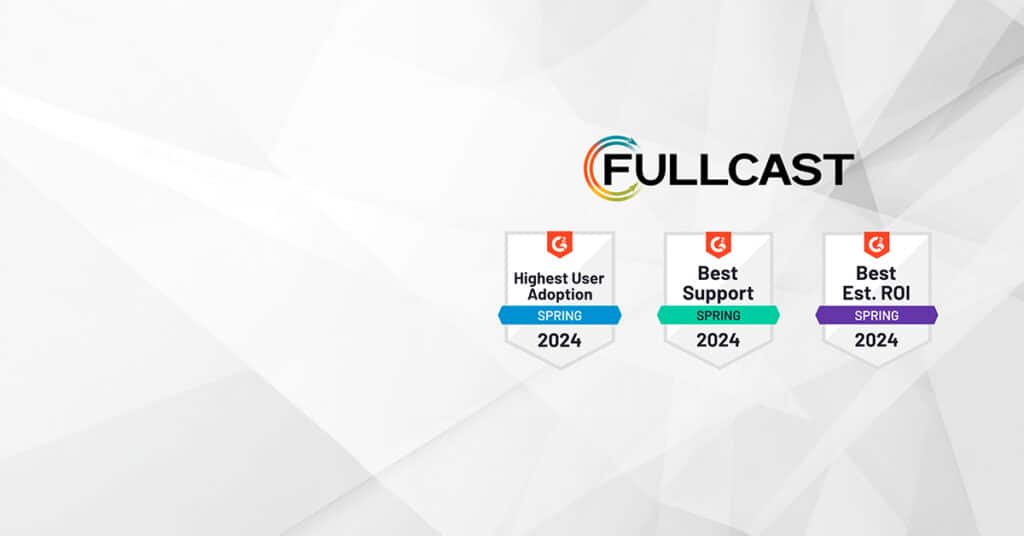Do your sales numbers feel sluggish despite constant efforts from your sales reps to rev things up? To build measurable momentum, you must modernize your territory management model to match the faster go-to-market pace.
Relying on a territory plan that hasn’t changed since the SKO in January isn’t much help for boosting sales in June. More than 40 percent of salespeople list prospecting as the most challenging part of the sales process, followed by closing (36 percent) and qualifying (22 percent). Stack outdated data on top of an already difficult task, and you’ll have sales reps polishing up their resumes in no time.
Static territory models have long been the cornerstone of traditional business practices. Their systematic approach of assigning fixed geographic areas to sales reps aims to optimize sales coverage, minimize overlap, and ensure equitable distribution of resources. However, conditions change a lot, and the dynamic nature of the market space needs a dynamic approach to territory planning.
What Is Dynamic Territory Planning?
Unlike static territory management, which relies on fixed boundaries and annual adjustments, dynamic territory management involves daily and quarterly analysis and real-time adjustments. In addition to geography, dynamic planning uses changing factors such as customer demographics, sales potential, and resource availability.
This agile approach enables organizations to have flexible and responsive operations and effectively deploy resources to meet evolving business demands.
5 Signs That You Need Dynamic Territory Management
Regions change, which means there is always a need to adjust where things could improve. In most cases, what you consider problems with the market can be remedied by adopting a dynamic territory model. Just follow the signs. Do any of these apply to your sales team?
1. Market Reach Is Limited
Are limited regions preventing your business from reaching new markets or expanding into new geographic areas? If so, your territory management model may be interfering with growth.
2. Customer Experience Is Declining
According to Gartner, over 80 percent of organizations expect to compete with each other based on customer experience. Customers may feel underserved or overlooked if sales and support resources do not adequately cover territories.
3. Resources Are Stretched to Capacity
Does it feel like all hands are on deck with no signs of progress? Inefficient resource allocation can lead to wasted resources in over-served territories and missed opportunities in underserved regions.
Studies show that 60 percent of buyers want to connect with sales during the consideration stage after researching the options and developing a shortlist. You’ll miss out if you haven’t been tracking the customer’s engagement and buying journey.
4. Visibility and Data Insights Are Lacking
Forty-two percent of sales reps report that they don’t have enough information before making a sales call. Without real-time data on customer behavior or market trends, your sales team won’t have the valuable insight necessary to optimize territories and identify growth opportunities.
5. Competitors Are Taking More of the Market Share
Does it seem that competitors are gaining market share or expanding into new territories faster than you? That’s a sign that your territory management model is not keeping pace with market dynamics by tracking essential KPIs.
“Like other business KPIs, sales KPIs help keep your team accountable and moving in the right direction,” says Kelley Jarrett, SVP of revenue strategy, operations, and enablement at ThoughtSpot, adding that targeted KPIs help identify performance trends, diagnose team issues and create alignment among teams—measurements that aren’t a primary focus when regions are determined solely by geography.
Don’t follow the pack; be a trendsetter by recognizing these signs and using AI-supported territory planning technology to proactively reassess your territory management approach and help your business stay agile, responsive, and competitive in today’s dynamic marketplace.
Fullcast was built for RevOps leaders by RevOps leaders to bring together all of the moving pieces of our clients’ sales go-to-market strategies and automate their execution.
We seamlessly connect go-to-market planning activities with tactical sales execution, enabling your operations, sales, finance, and customer success teams to make continuous adjustments in response to real-time strategy changes. From territory management to performance tracking, we operate with speed, agility, and AI-powered automation.











